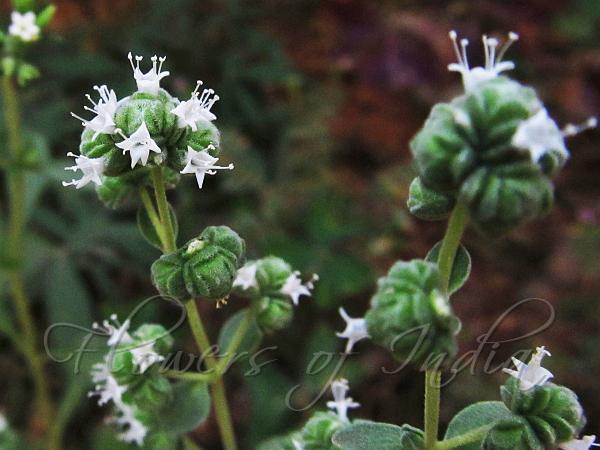|
| Marjoram |
|

|

| File size | 589729 |
| Original date | 3/10/12 3:50 PM |
| Resolution | 2280 x 1710 |
| Flash | Flash did not fire, auto |
| Focal length | 5.0mm |
| Exposure time | 1/1250s |
| Aperture | 3.4 |
| Focus Distance | |
| Metering Mode | Multi-segment |
| Camera make | Canon |
| Camera model | Canon PowerShot SX130 IS |
| Sensor type | OneChipColorArea |
|
|
|
|
Photo: |
Botanical name: Origanum majorana Family: Lamiaceae (Mint family)
Synonyms: Majorana hortensis, Majorana fragrans, Thymus majorana
Synonyms: Majorana hortensis, Majorana fragrans, Thymus majorana
Marjoram is a bushy half-hardy perennial herb that
is often cultivated as an annual. It is about 1-2 ft tall with
descending, multi-branched stems that spill over to create a mound.
Since the stems take root where they touch the soil, the mound
gradually increases in diameter. If grown in a hanging basket, the
stems form a a cascade of attractive gray-green foliage. Marjoram's
oval leaves are soft and fuzzy, because of short fine hairs. They are
opposite each other on a square stem. Leaves get up to 2.5 cm long and
have a wonderful, very distinctive, perfumy fragrance when bruised. The
flowers are tiny, less than 3 mm long and arranged in burrlike heads
1.3 cm long. Sweet marjoram is native to North Africa, Turkey and SW
Asia, extensively cultivated in India. Dried marjoram is extremely
important in industrial food processing and is much used, together with
thyme, in spice mixtures for the production of sausages; in Germany,
where a great variety of sausages is produced, it is thus called
Wurstkraut "sausage herb". Furthermore, application of marjoram to
boiled or fried liver is somewhat classical. Marjoram may be
effectively combined with bay leaves; furthermore, it goes well with
small amounts of black pepper or juniper. Marjoram is native to SW Asia,
but widely cultivated throughout Europe, N Africa and the rest of Asia.
| Identification credit: N Arun Kumar | Photographed in Karnataka & Delhi. |
• Is this flower misidentified? If yes,